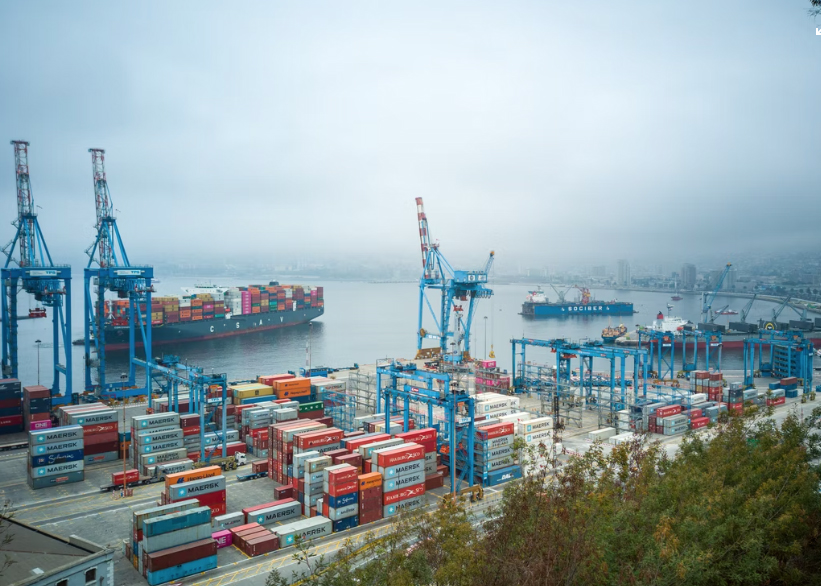The last two years haven’t been easy for agriculture and construction equipment manufacturers. In addition to the damage from the pandemic that still severely affects market performance and especially the supply chain, there is also the oil and gas industry crisis due to Russia’s recent invasion of Ukraine. For this reason, in a recent survey carried out by AEM, agriculture and construction equipment manufacturers, have demonstrated a significant concern with reference to the existing labor shortages and skills gap, production capacity constraints, domestic and global economic uncertainty, among others.

Therefore, the AEM Survey has outlined the following key takeaways:
- Almost every responding AEM member is experiencing supply chain issues. For about 70% of OEM members surveyed, these issues continue to get worse with time. For about 43% of component manufacturers surveyed, the issues are getting better. Any improvement in the disruption, however, would likely first be seen higher up the supply chain.
- These supply chain issues will continue into 2023. When asked, about 60-70% of members felt the disruptions would last through year-end 2022 and into the first half of 2023. A significant number of OEMs felt they might even last through 2023, though component manufacturers felt more positive. However, answers regarding the length of the disruptions have been somewhat of a moving goalpost, shifting backwards as time passes. It’s also important to note the research was also completed in February 2022, before the current Russian-Ukrainian conflict, so we can expect the issues to last a bit longer than we previously thought.
- COVID-19 exposed deeper issues in our supply chain, but significantly aided the current crisis. The origin of the supply chain issues are multifold. First of all, demand was much higher than expected in the second quarter of 2020 and beyond. As production adjusted itself in the first quarter of 2020, it was hard to scale it back up as the real demand came in. At the same time, manufacturers focused on the health of their workforce, causing significant shutdowns. These short-term disruptions also exacerbated the long-term workforce shortage trends. Not only was demand larger than expected, subsequent inventory issues led to higher-than-normal orders within the supply chain in efforts to obtain products and components. Finally, the widespread global scale of the supply chain led to major problems in international shipping with port backups, container shortages and varying regional restrictions.
- Other issues continue to impact the industry. Supply chain disruption remains a significant concern, but our members are focused on a variety of other pressing issues: existing labor shortages and skills gap, production capacity constraints, domestic and global economic uncertainty, among others.
- Supply chain solutions lie within inventory and transparency. The detailed research has a wide range of solutions, but the focus of OEMs and component manufacturers lay within expanding and securing their supply chain partly through larger inventories, but also through more transparent relations and faster onboarding of suppliers.

Source: AEM
 Copyright 2020 All rights reserved.
Copyright 2020 All rights reserved.